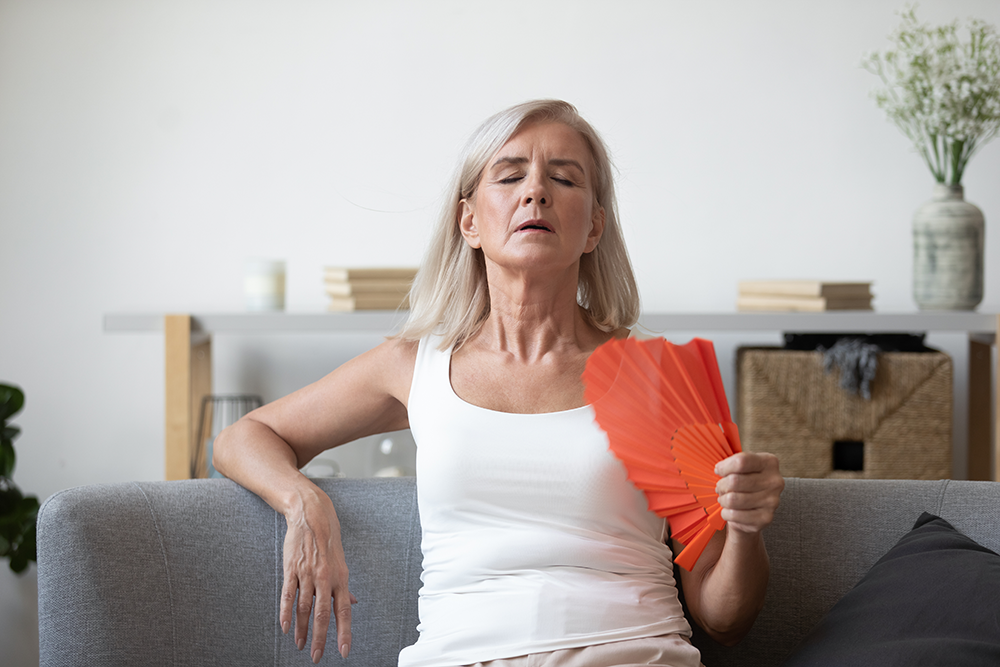Top 5 cycling injuries- How to treat them
The top 5 cycling injuries is a list of some of the most common things we hear and see cyclists complain about.
- Knee pain
- Low back pain
- Hand and wrist pain
- Saddle soreness
- Feet numbness
Knee pain in cycling
Knee pain is a common problem in cyclists and it is influenced by a number of factors but the main ones are:
- Sudden increase in intensity (going that bit further, misjudging the route, weather conditions, cycling with faster cyclists, missed training and now trying to catch up!)
- Bike set up (improper set up of cleats to pedals, seat height, saddle position, handlebar position)
- Poor physical preparation (inadequate strength training plan or flexibility program)
- Poor recovery plan (not enough rest, poor hydration and diet)
- Inadequate rehabilitation from previous injury (not following your physiotherapists plan!)
Top Tips:
- Be aware of things which may effect the intensity of your cycling sessions- prevention is always better than the cure!
- Bike set up for performance and injury prevention is key. Advice is available online or come in to see us for a bike set up session
- To be a better cyclist means more than just increasing your time on the bike. A physical fitness program addressing weaknesses such as areas of strength or flexibility you may need to work on, will help
- Often the difference between professionals and amateurs is not in how they train but how they space out training sessions and recover
- If you have an injury see a sports physiotherapist and comply with the plan!
Low back pain in cycling
Low back pain is the most common condition seen by the physiotherapists at Physis but it is also problematic to cyclists. It is influenced by the following:
- Sudden increase in intensity (again!)
- Bike set up (seat height, seat angle/saddle position)
- Poor physical preparation (core strength and flexibility program)
- Movement (remaining static can lead to tissue overload- moving position when able reduces tissue load)
- Poor recovery plan (not enough rest, poor hydration and diet)
- Inadequate rehabilitation from previous injury (not following your physiotherapists plan!)
Hand and wrist pain in cycling
Hand and wrist pain in cyclists is usually caused by compression of soft tissues (especially nerve tissue) resulting in handlebar palsy and carpal tunnel syndrome. Nerves at the hand or wrist are compressed frequently when we move around but the threshold limit for the tissue is often exceeded when cyclists compress the area for long periods. It can be managed by the following:
- Bike set up (brake set up, bar position, bar type)
- Off loading pressure (padded gloves, bar tape)
For more information read this article from British Cycling
Saddle soreness in cycling
Saddle soreness come from repetitive pressure and side to side movement whilst in the saddle. This problem is often as a result of overtraining or insufficient time for these tissue to adapt to the loads expected of them it can be managed by addressing the following:
- Bike set up (seat height and angle)
- Rest! (allow your tissues time to adapt or recover)
- Bike shorts (increased padding)
- Chamois cream/ointment
For more information read this article from British Cycling
Foot numbness in cycling
Often a worrying symptom for some cyclists which can plague long rides. The following factors often play a part:
- Temperature (we are in Scotland!)
- Shoe fit (too narrow, too tight)
- Static posture (whether the neck, lower back or simply from compressing nerve tissue higher than its threshold)
So the best management is usually the right clothing, the right shoes and move position regularly. If it is due to restrictions in the body movements then seeing one of the Physis physiotherapists to mobilise the area and suggest the right exercises will sort it out.
The top 5 cycling injuries are not exclusive (there are more!) and as sports physiotherapists we can help treat your injury and point you in the direction of other helpful management techniques. But here are some top tips:
Top Tips:
- Be aware of things which may effect the intensity of your cycling sessions- prevention is always better than the cure!
- Bike set up for performance and injury prevention is key. Advice is available online or come in to see us for a bike set up session
- To be a better cyclist means more than just increasing your time on the bike. A physical fitness program addressing weaknesses such as areas of strength or flexibility you may need to work on, will help
- Often the difference between professionals and amateurs is not in how they train but how they space out training sessions and recover
- If you have an injury see a sports physiotherapist and comply with the plan!
Although all of our sports physiotherapists are skilled in the management of these injuries we do have our own resident cycling fanatic Ola. She provides our bike fit service and is extremely knowledgeable about all things cycling. Here she is performing one of our bike fit assessments:
To book an appointment online click here or give us a call on 0131 478 4646.




